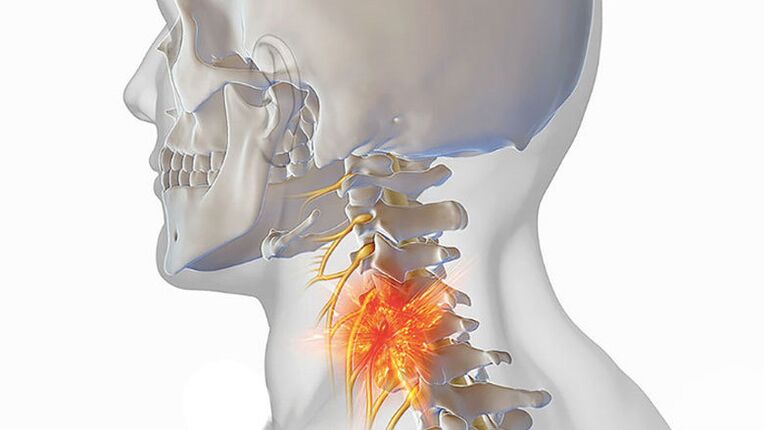
Cervical Osteochondrosis: Causes, Symptoms, Treatment and Prevention
cervical osteochondrosis

reason
- Spondylolisthesis. The disc is displaced from the back or front. Displacement rates are high, leading to paralysis and death.
- Osteophytes. Abnormal pathological growth of bone tissue due to calcium salts.
- protrude. Disc herniation without damaging the integrity of the collagen ring.
- hernia. The disc core is displaced and the collagen ring is ruptured.
- strenuous physical labor;
- Lack of physical activity, "computer" sickness, sedentary pastimes;
- Higher than normal weight;
- Metabolic disorders;
- genetic susceptibility;
- incorrect posture;
- Muscle tone in the neck and back is generally weak;
- Excessive tension and fatigue in back and neck muscles;
- The tendency of the neck to lean into a certain position, for example, the habit of tilting the head to one side;
- "Old" injury to the cervical spine;
- Nerve shock and stress.
Symptoms of cervical osteochondrosis
Treatment and prevention of cervical osteochondrosis
prevention
- The traditional approach to eliminating symptoms of cervical osteochondrosis and dizziness is to continue a healthy lifestyle;
- Physical therapy (not recommended in the third stage of osteochondrosis development, although the final decision rests with the chiropractor);
- Manipulation and self-massage (while manual therapy is very effective for cervical osteochondrosis and can easily relieve pain, it is not recommended in the final stages of the disease);
- Application of orthopedic advice and orthopedic devices (Kuznetsov applicators, furniture, household items) in daily life.


























